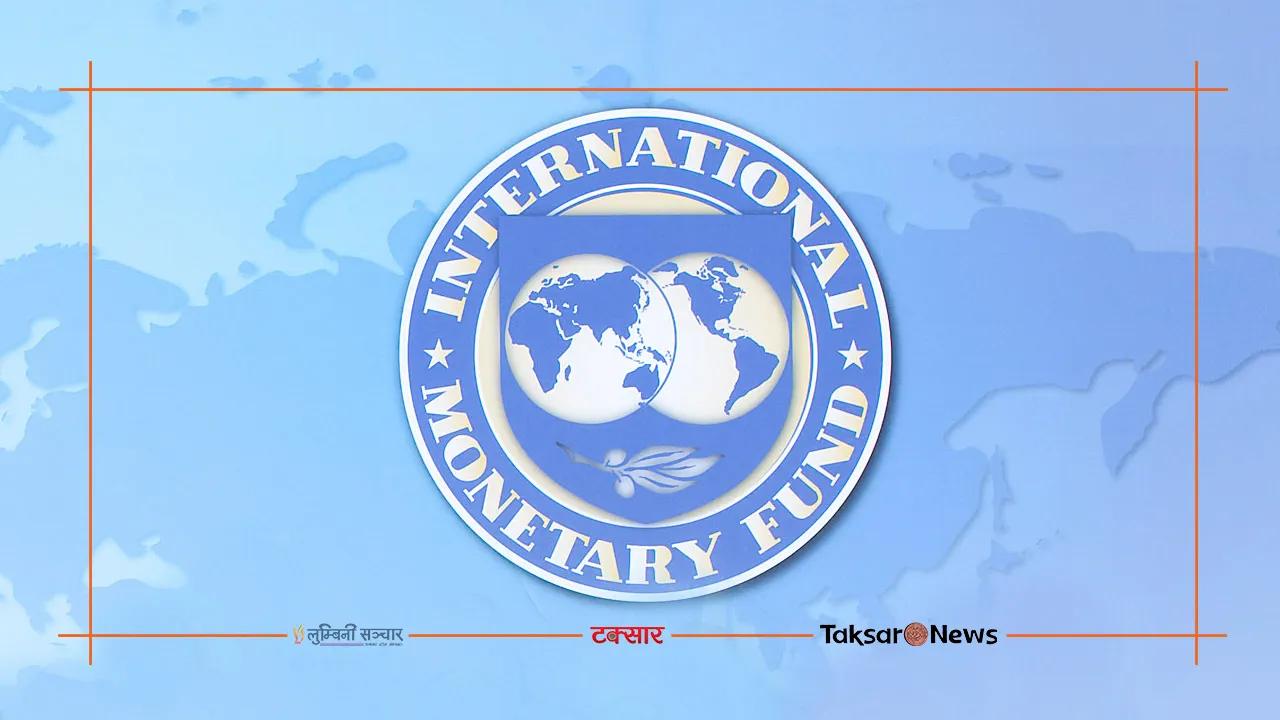Kathmandu. The Nepali savings and credit cooperatives sector is facing mounting vulnerabilities, with a significant number of institutions closing or being declared problematic by authorities. With over 14,000 savings and credit cooperatives (SACCOs) and a vast network of more than 760 federal and sub-national regulators, the sector has come under intense scrutiny.
Authorities have responded by suspending the registration of new cooperatives and announcing a series of comprehensive regulatory reforms. These reforms aim to address critical data gaps, develop strategies to manage problematic institutions, and establish a centralized supervisory regulatory agency. The background of the cooperative sector in Nepal reveals a large and vibrant community with around 32,000 registered cooperatives. In addition to SACCOs, which focus on savings and loans, there are cooperatives active in agriculture, consumer services, and other areas.
As of June 2023, SACCOs hold NPR 478 billion in savings deposits and NPR 426 billion in assets. However, pressures have been increasing since mid-2023, attributed to large data gaps, weak governance, unsound credit and liquidity risk management, and ineffective regulation and supervision. This has led to multiple SACCO failures and closures. In response, authorities have suspended the registration of new SACCOs and outlined a detailed strategy for reform in the FY2024/25 budget.
Immediate steps include improving data collection, designing a strategy to clean up SACCOs, and triaging problematic institutions. Near-term steps focus on tightening and enforcing existing regulatory requirements, implementing a new regulatory framework, and establishing a second-tier regulatory institution. Medium-term steps involve starting the licensing process for SACCOs and expanding the SACCO institutional architecture.
The success of these reforms hinges on a coordinated national approach, with close cooperation and information sharing between all relevant regulators. By strengthening interagency coordination and ensuring consistent implementation of the national plan, authorities aim to stabilize the SACCO sector and protect depositors.
The reforms emphasize the need for robust governance, effective supervision, and a pragmatic institutional structure to manage the resolution of problematic SACCOs. The detailed steps and principles for these reforms have been outlined in a recent report by the International Monetary Fund (IMF), highlighting the urgency and scale of the challenges facing the Nepali SACCO sector.


